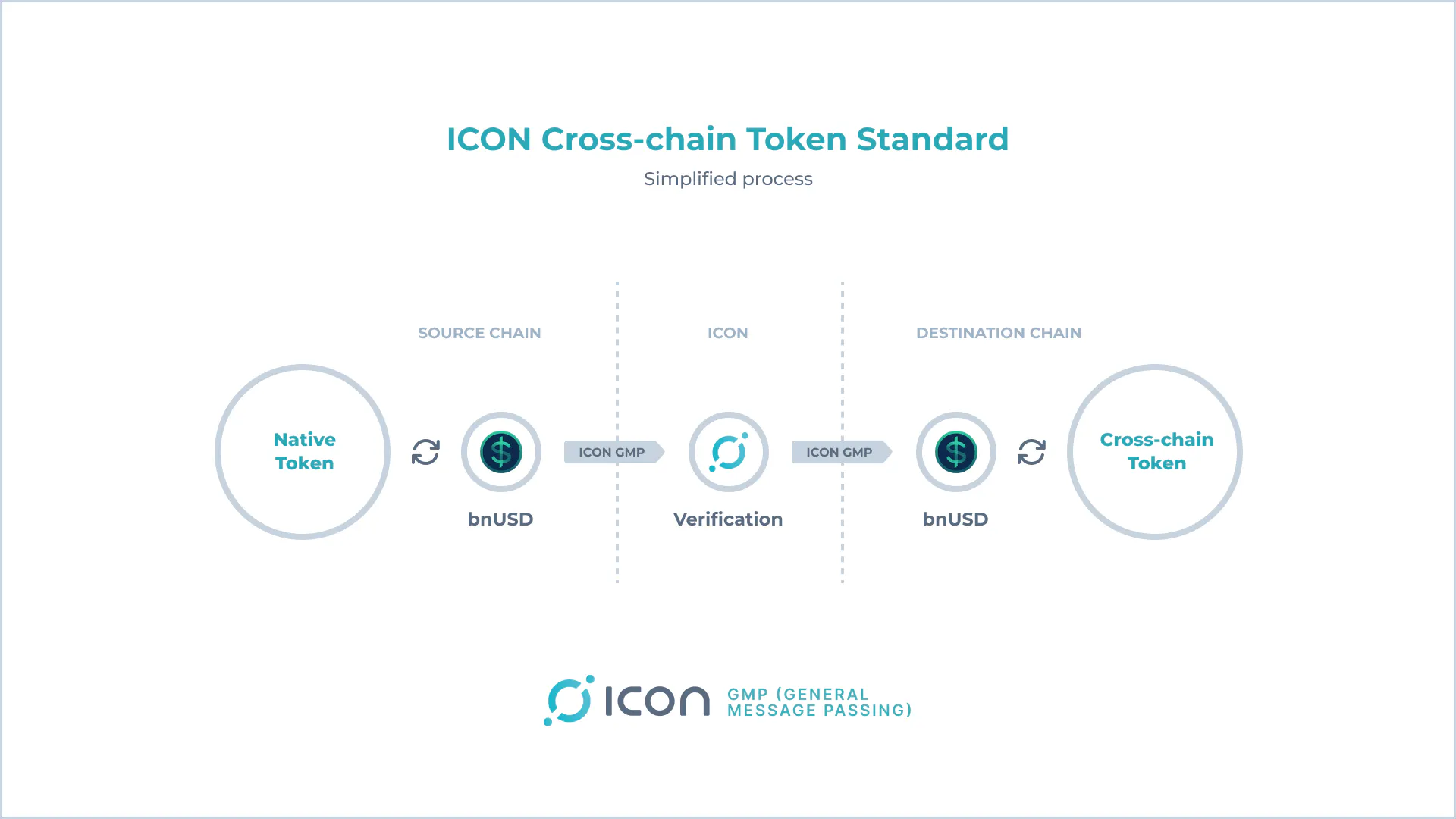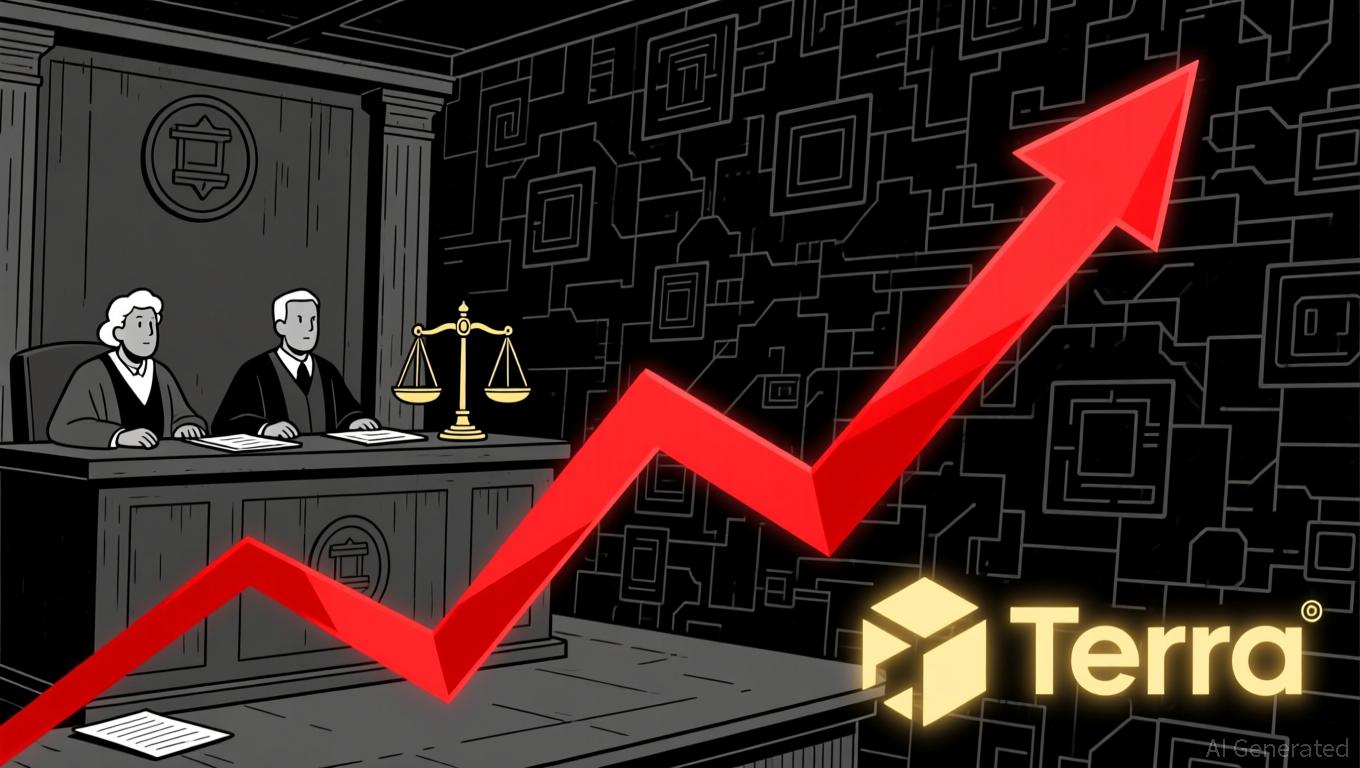Introducing ICON’s Cross-chain Token Standard
Gone are the days when ICON's cross-chain strategy relied on wrapped token swaps. While wrapped assets were essential for their time—enabling assets to move to new blockchains and laying the groundwork for cross-chain transfers—they had their limitations. Wrapped assets played a crucial role in expanding DeFi into a multichain framework and will likely always have a place. However, the wrapped asset model has inherent drawbacks. The primary limitation is that these assets are non-fungible across different interoperability protocols since each protocol deploys wrapped assets on behalf of a project. This results in completely different, non-fungible assets for each route taken, leading to liquidity fragmentation, an undesirable user experience, and less efficient markets.
ICON’s new direction focuses on offering users native transfers. Similar to how we deployed bnUSD, we aim to provide this functionality to all projects' liquidity on Balanced. If a project chooses Balanced for its liquidity, we can offer its token on any of the Balanced-connected chains, delivering a native experience.
It's important to note that this cross-chain standard will adhere to ICON’s token standard framework and to ERC20 standards for tokens on the EVM chain.
Why is this significant?
This standard, integrated through ICON’s cross-chain DEX, Balanced, allows any project to launch its token on any blockchain connected to Balanced. This means the project only needs to deploy liquidity into a single pool rather than multiple pools across different chains. This approach maximizes the efficiency of liquidity usage and gives the project greater control over its tokens. They gain the ability to own, upgrade, and customize their tokens across various blockchains, streamlining operations and enhancing scalability.

This standard builds upon the foundational framework of Balanced's bnUSD. Venture23 will lead its development and implementation, with funding approved through ICON’s Contribution Proposal System (CPS). Initially, the focus will be on the ICON, EVM, and SUI Move platforms, with all development and implementation targeted for completion within approximately two months. Stay tuned for further updates.
Disclaimer: The content of this article solely reflects the author's opinion and does not represent the platform in any capacity. This article is not intended to serve as a reference for making investment decisions.
You may also like
LUNA Rises 42.62% Over the Past Week Amid Ongoing Legal Developments in the Terra Ecosystem
- Terra's LUNA token surged 42.62% in 7 days amid ongoing legal proceedings against co-founder Do Kwon. - Prosecutors seek 12-year prison sentence for Kwon over 2022 Terra collapse, which triggered $40B market losses. - LUNA Classic and LUNC rose 70-130% as investors view legal drama as catalyst for renewed Terra ecosystem interest. - Kwon's guilty plea and sentencing hearing on Dec 11 could shape market sentiment, though pardon odds remain at 2%. - "Bankruptcy concept coins" like USTC and FTT also surged,

Bitcoin’s Latest Price Swings and Institutional Outlook: Managing Uncertainty in an Evolving Cryptocurrency Environment
- Bitcoin's 40% November 2025 price drop highlights volatility challenges despite growing institutional adoption and regulatory clarity. - 55% of hedge funds now hold Bitcoin as strategic inflation hedge, driven by ETF approvals and $3 trillion institutional asset unlocking. - Macroeconomic correlations (S&P 500 at 0.48) and Fed policy shifts demonstrate Bitcoin's evolving role as macroeconomic barometer. - 72% of institutions adopted advanced risk frameworks in 2025, emphasizing AI monitoring and regulato

The Revival of Industrial Properties in Webster, NY, Driven by Major Infrastructure Improvements and the Transformation of the Xerox Campus
- Webster , NY, is revitalizing industrial real estate through infrastructure upgrades and Xerox campus redevelopment, creating a high-tech industrial hub. - A $9.8M FAST NY grant transformed a 300-acre brownfield, reducing vacancy rates to 2% and attracting $650M in projects like fairlife® dairy. - EPA-approved remediation and a solar garden project highlight sustainability efforts, aligning with ESG goals and boosting investor confidence. - Statewide infrastructure funding and tax incentives are projecte

Altcoin Market at Critical Support: TOTAL2 Defends Key Bull-Market Level — 5 Coins Primed for Major Upside
